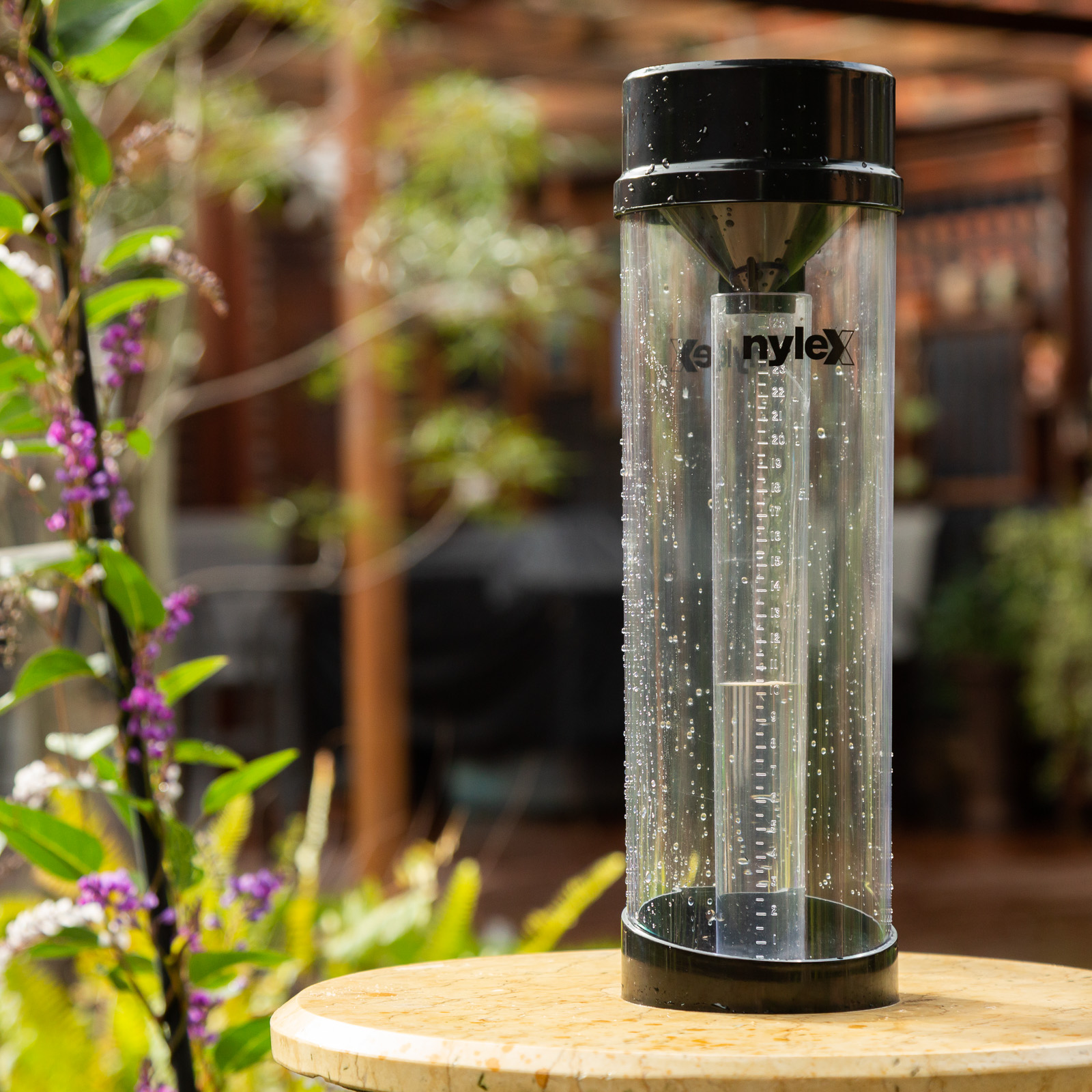Unveiling the Scientific Research Behind Rain Assesses: How These Tools Play an Essential Function in Environment Study and Ecological Tracking
Rain gauges, seemingly straightforward tools, hold an extensive value in the world of climate research and ecological surveillance. As we peel off back the layers of this scientific veil surrounding rainfall determines, we discover a world where precision, information accuracy, and precise observation merge to introduce a deeper understanding of our transforming climate and its influence on the planet.
Relevance of Rain Scales
Rain evaluates play a vital role in surveillance and determining precipitation levels, giving crucial information for climate study and analysis. These devices are basic in measuring the quantity of rainfall that takes place in a certain area over a particular period. By accumulating and determining rainwater, rain gauges deal important understandings into the circulation and intensity of rainfall, assisting meteorologists, hydrologists, and climatologists in comprehending weather patterns and patterns.
In addition, long-term data collected from rain determines aids in examining environment adjustment impacts and patterns, contributing dramatically to scientific study and decision-making processes. In essence, rainfall determines serve as crucial tools in the area of meteorology and ecological scientific research, playing a crucial role in advancing our understanding of weather and environment characteristics.
Types of Rain Scales

Performance and Operation
In the realm of climate research study and atmospheric research studies, the effectiveness of rain determines lies in their complex capability and precise operational systems. Rainfall assesses are designed to accurately determine the amount of precipitation that tips over a specific area during a set period. These tools generally include a channel that accumulates rainwater and networks it into a gauging tube. The determining tube is noted with calibrated measurements that permit for the exact metrology of rainfall.
The capability of rain assesses is based on the principle of accumulating and measuring rainwater in a standardized way. This gathered data is vital for understanding local weather patterns, tracking long-lasting environment trends, and examining ecological effects. To ensure accurate measurements, rainfall assesses requirement to be purposefully positioned in open areas away from continue reading this blockages such as look here structures or trees that might hinder the collection process.
The operational element of rain evaluates involves routine maintenance to avoid particles build-up, calibration checks to maintain dimension precision, and data recording for evaluation (rain gauge). Generally, the performance and procedure of rainfall assesses are essential for collecting trusted precipitation information crucial to climate research and environmental surveillance
Function in Climate Research Study
Given the essential importance of accurate precipitation dimensions in understanding weather condition patterns and environmental impacts, the duty of rain evaluates in climate research study is essential. Rain evaluates offer essential information for environment research by quantifying the amount of precipitation that tips over a specific area throughout an offered period. This data is essential for keeping an eye on long-lasting patterns in precipitation patterns, evaluating the influence of environment adjustment on rainfall circulation, and improving environment models.

Climate researchers make use of information accumulated from rain gauges to assess variants in precipitation levels, recognize regional environment fads, and review the performance of water resource monitoring methods. By contrasting historical rainfall data with existing dimensions, scientists can discover shifts in rainfall patterns, such as adjustments in the regularity or intensity of rains occasions. This details is crucial for understanding just how environment change is influencing precipitation characteristics and can aid policymakers make informed choices concerning adjustment and mitigation strategies.
Applications in Environmental Tracking

In flooding forecasting, rainfall gauge information aids to track rainfall strength and distribution, enabling authorities to provide prompt cautions and take essential actions to minimize flooding risks (rain gauge). Drought tracking counts on rainfall gauge data to analyze moisture degrees in the dirt and track rainfall deficiencies, assisting in the recognition of drought-prone areas and the implementation of drought reaction techniques
Moreover, rain scale data plays an essential function in water source monitoring by supplying info on water schedule and usage trends. Additionally, in farming, rain gauge data assists farmers in optimizing watering routines, plant option, and overall ranch administration techniques based on local precipitation patterns.
Final Thought
Finally, rainfall determines are necessary tools for gauging rainfall, offering valuable data for environment research and environmental tracking. With different types and capabilities, rain gauges play an essential role in comprehending rainfall patterns and their influence on the setting. By precisely gauging rainfall, these tools contribute to the innovation of scientific expertise and aid in making educated choices pertaining to water resource monitoring and catastrophe preparedness.
Rain assesses play a crucial role in monitoring and determining precipitation degrees, giving essential information for climate research and analysis. The basic rainfall gauge, understood as the "tipping pail" gauge, is one of the most generally used tools. Ultrasonic rain gauges use sound waves to discover the presence of rainfall, providing real-time data on rainfall degrees.Climate scientists utilize data gathered from rainfall gauges to assess variations in precipitation levels, determine regional environment patterns, and review the effectiveness of water source administration methods.In final thought, rain assesses are vital devices for gauging rainfall, supplying valuable data for environment study and ecological surveillance.